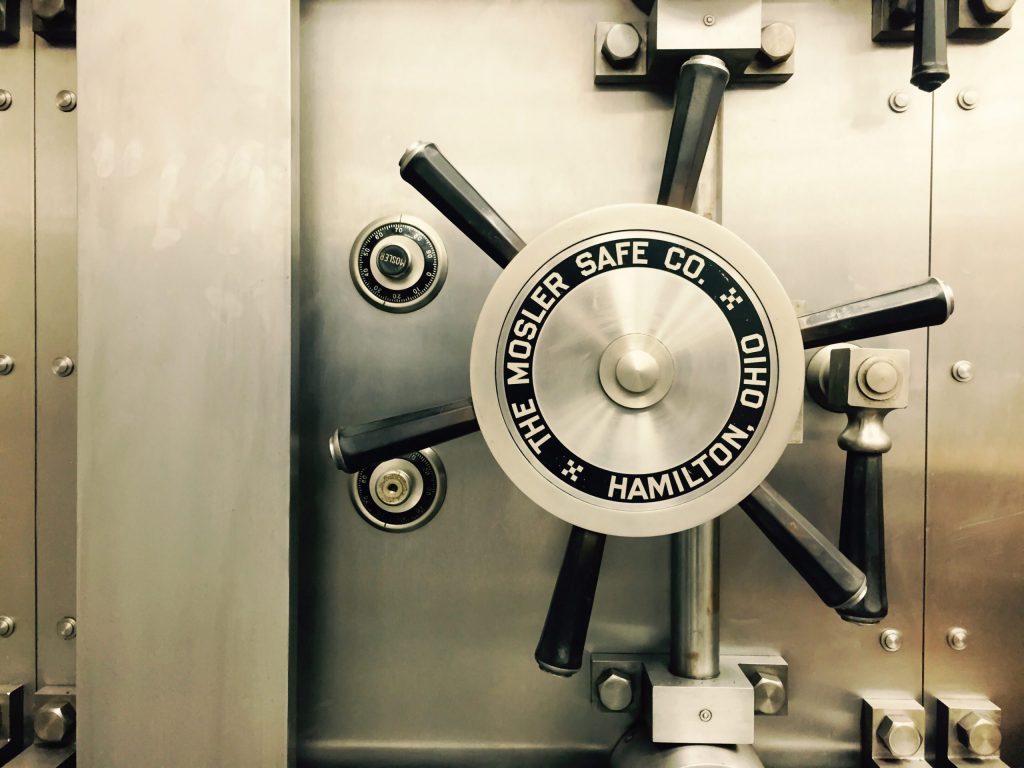How to Create Defensible Workfiles!


Engarde!
Have you ever had to defend an appraisal report against a formal action by your state licensing board? If you have, you know you want to take every precaution to avoid that happening again!
You might be more accustomed to defending your appraisals to AMCs, lenders, reviewers, homeowners, buyers, and real estate agents. Even if you’re accustomed to defending your files, most appraisers still work on tightening up their workfiles, if only to get fewer questions or to have a solid defense every time. No one wants to be called in front of their state board!
Even when dealing with common situations, you want to be better prepared to support your conclusions and maintain your stellar reputation.
How can you make your workfiles more compliant and your reports more defensible?
That’s what we’re going to discuss today!
Workfiles

Every appraiser has his or her own methods of developing defensible workfiles. Real estate appraising can feel like a spinning dartboard sometimes; you feel confident with your process one month, the next month might bring new expectations that require adjustments. Anyone appraising during 2020 will agree!
So how does an appraiser create defensible workfiles?
Appraiser Caleb Bowen explained,
The first thought that comes to mind on defending one of my appraisal reports is having a good work file. A typical report might have anywhere from 15-30 pages with a lot of information and details that the appraiser is going to eventually forget. If a question comes up or a complaint is filed then being able to go to the work file and show, explain, and/or reproduce the results you have in the report will get you out of hot water.
How Do You Create Defensible Files?

Explaining how to stay current on Fannie, Freddie, and USPAP regulations would take at least another blog post or two, but we’re happy to offer some tips in this post that will help you create reliable, defensible files.
Let’s turn to Caleb again, a boots-on-the-ground appraiser who has plenty of practice working on files that he considers credible and defensible. He explains:
Most people tend to be pretty sensitive with home appraisals because it is usually the largest purchase that they make during their lifetime. The more details included in the appraisal, and the more accurate the information, the better. This is one reason why I like using DataMaster. With DataMaster I store information and details that I can go back to and reference and show the what, why, and how of the results delivered.
With the fluctuating world of appraising right now (summer 2020), having a consistent, steady back-up for your files is critical. Your back-up protects you if someone questions an appraisal and it gives you peace of mind to know that you have a safety net. Not only is a back-up important, consistency matters too!
How do you stay consistent?
Glad you asked!
Gotcha!

You’ve made your file as defensible as possible by
- Backing up every one of your conclusions
- Comparing it to your previous workfiles that include the same property with CompTracker; it catches every difference between your previous and current files, down to each comma!
- Utilizing other DataMaster features (including Plat Maps, Standard Addendum, Neighborhood Analysis, and more!)
You’ve double and triple-checked every bit of data and you feel as if your workfile is robust and entirely defensible. You submit your file and move on to the next assignment, satisfied that your report is complete, accurate, and that you are safe from any questioning.
And then comes the “Gotcha Moment”! Are you as prepared as you thought you were? Our appraiser, Caleb, had this happen to him recently. He relates:
I ran into this issue just a week ago in doing a divorce appraisal. I had valued the home and presented the report. One of the parties came back with several short remarks and was not happy with the value given. The individual clearly did not know how to even read an appraisal report, but they did come up with some legitimate points and brought to the table some unknown information. I was prepared with a defensible file, and with some clear explanations and re-evaluations on my part, I was able to help this individual understand why I had come to the conclusions that I had come to. The customer was ultimately satisfied with the results.
Security for You!

No one promises appraisers that their files will never be questioned, no matter how amazing the platform is. But CompTracker gets as close as any software can. As Jared Preisler enthused:
Comptracker is like an insurance policy that only costs $10. It’s like insurance for my license, my profession, and my livelihood!
Keep in mind that CompTracker doesn’t just create your own database of comps, it also gives you the ability to see your trusted peers’ data and share your files with them! Not only can you compare your peers’ data to your own, but you can also share across any of the form software vendors. That’s something no other company allows you to do! You’ll know exactly where the data came from (it’s not anonymous), and you’ll be confident that your data is secure and only available to whomever you agree to share with!
More Than Just Defensible

As you create USPAP-compliant workfiles with CompTracker, you’ll come to appreciate the ease, speed, consistency, and peace of mind that you get from CompTracker!
Let’s revisit the question, “How do you create defensible workfiles?” We confidently answer, with CompTracker and DataMaster!


